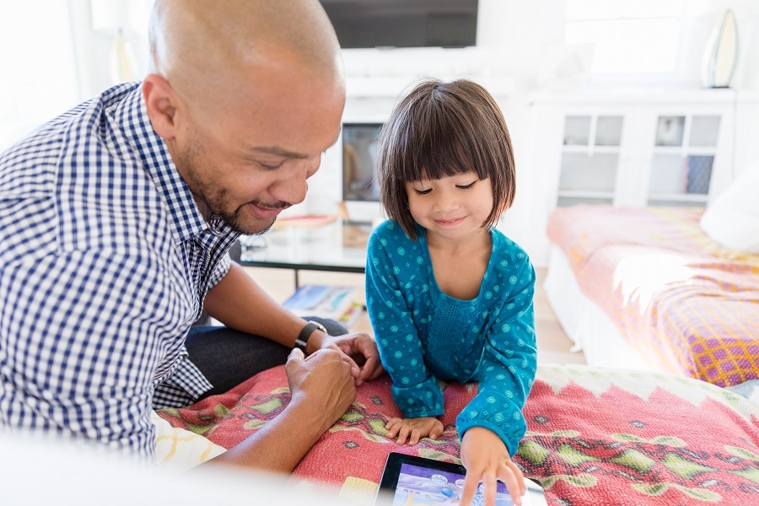
Children and technology: Establishing a family plan
Geny Zapata, Psy.D.Children live in a world of technology and social media immersion. Understandably, parents often worry about the possible adverse effects on how children think, behave, learn and feel.
For these reasons, how you manage the presence of technology in the home can influence how you grow as a healthy family.
The importance of a personalized plan
Because each family is an individual and unique unit, it is important to remember that the suggested recommendations for technology will need to be personalized. Families can start by working on a plan that considers a few factors:
- The type of technology in the home
- Age and developmental stage of the children
- Reasonable amount of time spent on phones, computers, tablets or watching TV
- Family goals for together time, such as eating dinner together
When working on a family plan, strive for a balance between tech time and time with the family. For example, some children are allowed to use the computer for an hour and a half after dinner to do their homework.
It’s important that parents explore the values of the family in terms of time spent in conversation, interaction and play. Consider getting input from all family members when developing your plan. It’s healthy for parents to be aware of their children’s thought processes. Collaborating on this goal also helps create a greater commitment to the family plan.
Establish boundaries
Parents should consider what boundaries to set regarding tech usage, location and situation. For example, is it for homework or for leisure? Are you using technology to work together, plan a trip or play a family game?
Once you’ve explored these questions and established a working plan, parents need to be the primary role models. Whether you have one or multiple children, they will greatly benefit from following your example.
Consider your child personally
Remember that you will need to pay attention to the unique developmental ages of your children. Toddlers, school-age children, adolescents and teenagers will engage with technology differently. Consider how, when, where and what type of exposure would be healthy for them at their current age.
Have conversations along the way about how they understand and use technology or social media. This will give you an opportunity to engage in their understanding of technology and provide support, wisdom or direction when needed. This also helps make you aware of any behavioral or emotional changes.
During the process of implementation, you may need to repeat instructions or directions. Continue to remind your children why you’ve established this plan until the practice becomes a healthy habit.
Remember that no one is perfect
Remember that there is no perfect answer to this issue. The intention is to help maintain family unity, nurture relationships and ensure that your children are engaging with technology and social media in a healthy way.
It will be a process and you may need to make modifications along the way. More than anything, find the approach that feels comfortable and healthy for your family.




